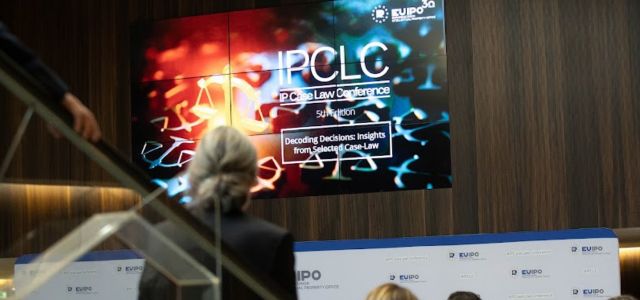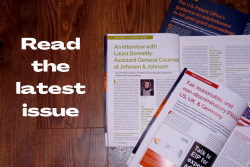We were delighted to attend the EUIPO’s 5th IP Case Law Conference held in Alicante on the 29-30 of April 2024 – special thanks to EUIPO for the invitation and exceptional hospitality throughout the conference.
Following a warm welcome from Master of Ceremony Thomas Frydendahl – who did an exceptional job throughout – Executive Director João Negrão, Jorma Hanski, José Antonio Gil Celedonio, and Judge Savvas S. Papasavvas, the enlightening program kicked off with a session on the evolving landscape of General Court trademark judgments, moderated by Judge Savvas S. Papasavvas. The panel, consisting of Judge Ulf Öberg, Judge Gabriele Steinfatt, Judge Ion Gâlea, Sven Stürmann, and Nina Korjus, discussed the current procedural and substantive matters relating to trademark matters based on EU Court’s case law. The discussions included evaluations of weak elements, the applicability of late evidence, what really constitutes a ‘well-known fact’, delimiting reputed trademarks, and case law relating to single letters. A key takeaway offered by Sven Stürmann was that weak single-letter marks can be successful if proven to include some kind of descriptive element.

The next session delved into the latest design case law. The session, eloquently navigated by moderator Maja Praljak, explored challenges of standardized or ‘common’ design features, reviewed practices surrounding designs of part products by drawing on examples including the Barbie doll head case, reviewed the design legislative reform, and assessed the complexities of online and third-country disclosures. This panel comprised Dr. Iván L. Sempere, Elisabeth Fink, Eva Maierski, and Dr Astrid Graul. Eva provided a thought-provoking review of Rhianna’s Instagram coverage regarding the Puma shoes, questioning when a social media post can be considered as a disclosure of design while providing advice to avoid mishaps.
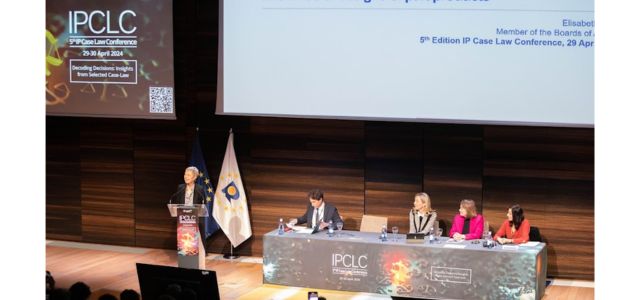
Session 3, moderated by Augusto Drumond, centered around trademark modernization, focusing on the acceptable use of a mark differing from its registered form, the role of subcategories in genuine use as leverage to avoid arbitration, and an assessment of non-traditional marks (particularly motion and multimedia marks), presented by Yann Basire, Christoph Bartos and Nedim Malevic. The session concluded with Desirée Russo’s – Trademark Counsel at Puma – assessment of the challenges presented by the revamping of trademarks with direct commentary on the evolution of the Puma brand, concluding that – if dealt with correctly – revamping is not just possible but can be commercially successful.
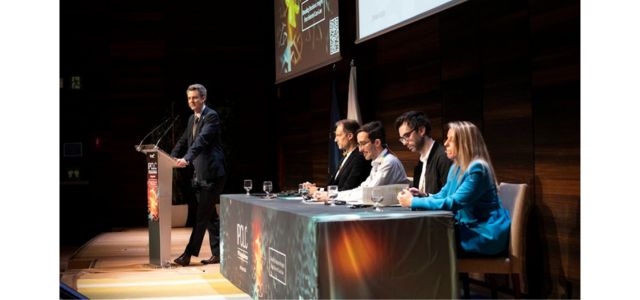
The final session of day one homed in on AI advancements and the broad spectrum of challenges this presents to the IP community. The moderator, Noemi Parrotta, and panel, Hugh O’Neill, Emanuela Zapparoli, Bharat Kappor, and Sarah Baily, covered extensive ground including IP in the NFT and cryptocurrency space, VR and AI technology, and avatars to conclude with Sarah’s 10 steps for protecting IP in cyberspace. A key takeaway from this session was the conclusion that, from an IP protection perspective, NFTs should be considered as goods, not just artistic representations.

To draw the first day to a close, a gastronomic feast was served at Torre de Reixes, a fairy light-lit venue in which colleagues rejoiced and discussed the day’s learnings after the warm welcome from João Negrão amongst others.
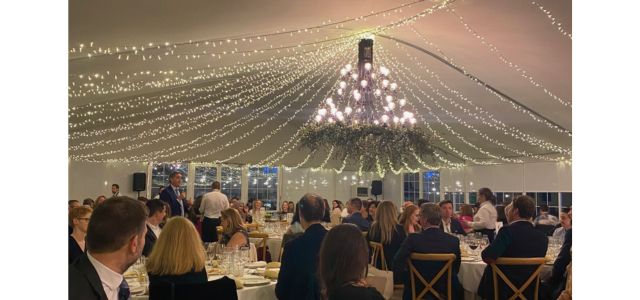
Day two began with Eun-Joo Min’s keynote, Director of WIPO Judicial Institute, which addressed territorial boundaries in an evermore globalized market, touching on manner of infringement, the nature of IP rights, and parallel litigation across multiple jurisdictions.
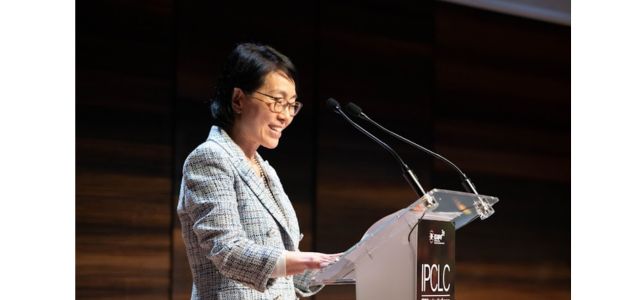
Next, Myrtha Hurtado Rivars, General Counsel Brands, Marketing Properties, Licensing & Anti-counterfeiting at Société des Produits Nestlé, gave her keynote speech that focused on a corporate wish for the future of IP legislation. Myrtha compellingly presented that the uncertainty in the changing landscape requires additional work and resources to bridge the gap between jurisdictions, particularly those with underdeveloped laws and regulations. The industry, both for protective and commercial success, needs to strive for simplification, harmonization, collaboration, fairness, and sustainability.

The next session saw debate between moderator and panelists, Julie Samnadda, Eleonora Rosati, Péter Lábody, Irene Calboli, and Anastasiia Kyrylenko, regarding copyright protection. Eleonora began by tackling the question of whether the EU should unify copyright law, providing her opinion that the current law is complex and insufficient and that needed changes should be more ambitious. The session also covered copyright registration in action, presenting the huge increase in registrations despite the lack of harmonization, an assessment of the Vespa case, and a review of when copyrights should become trademarks.
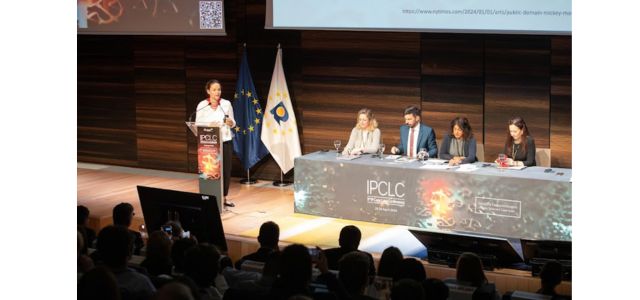
The much-anticipated topic of GIs was presented by panelists Katarina Kompari, Pilar Montero, Dev Gangjee, and Virginia Melgar, moderated by Anke Moerland, and did not disappoint. Addressing the new opportunities and challenges presented by the new Regulation (EU) 2023/2411, the broadening of GI protection, CRAFT and AGRI GIs, and the triangulation of GI regulation and certification or collective marks, the panel concluded that the success of opposition proceedings in the space is still largely unclear due to most taking place in member states, that trademark law appears to be a side step to GI laws, and that overseas protection and export are vital channels for GI success whether through direct or bilateral procedures.
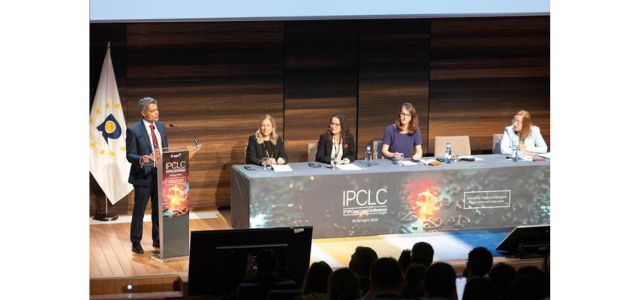
The final session, led by Mladen Vukmir, presented visions of harmonization between trademarks and designs, and between the practice of bad faith and public policy and morality. From here, the session defined decisional quality at the appellate level and presented the EUIPO’s striving steps for decision predictability demonstrated through 10 years of guidelines from panelists Gordon Humphreys, Joana De Moura Oliveira, Volker Michael Jänich, and Dimitris Botis.
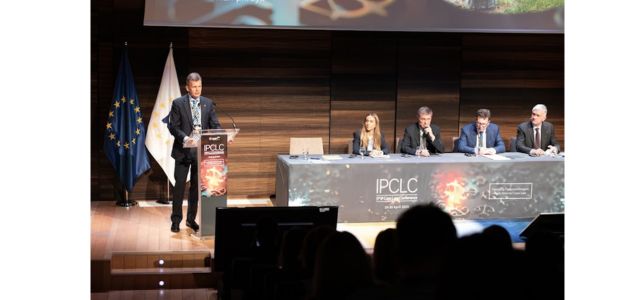
The conference was brought to a close with reflection and commentary by Gordon Humphreys, concluding the 5th IPCL EUIPO conference.
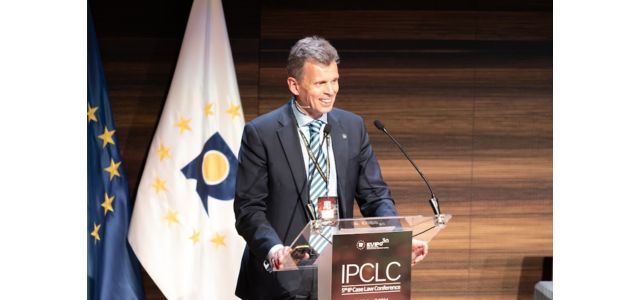
You may also like…
The quiet power of confidentiality clubs in SEP litigation
In standard essential patent (SEP) disputes, especially those involving FRAND (Fair, Reasonable, and...
A $10 million patent win reduced to a $1 lesson in damages
In a decision that will resonate as a stark warning to patent litigants, the US Court of Appeals for the Federal...
Chevron’s ghost and the return of deference
Chevron U.S.A. Inc. v. Natural Resources Defense Council, 467 US 837 (1984) instructed courts to defer to an agency’s...
Contact us to write for out Newsletter


